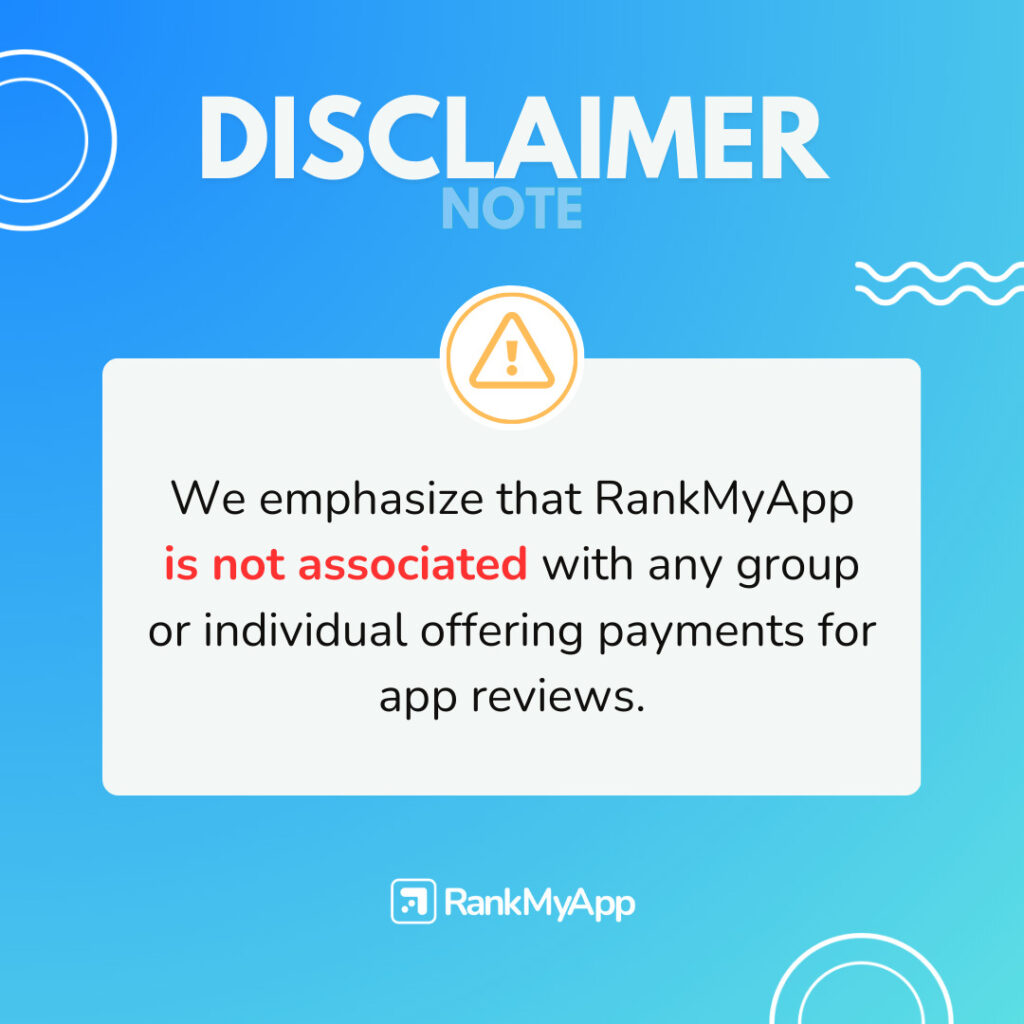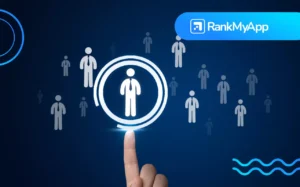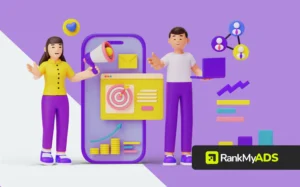Keeping customers engaged is one of the biggest challenges for businesses across industries, especially in Brazil, where information saturation makes retention and loyalty difficult. In response, automations have become an essential tool, providing more precise and effective strategies for engagement and personalized experiences.
With the help of data and technologies that enable personalization at scale, it’s possible to create a more integrated and captivating customer journey, increasing retention rates and enhancing brand value.
In this article, we’ll explore automation strategies that help companies build customer loyalty, maximize the value of each interaction, and establish long-lasting relationships. If you’re looking to boost engagement and ensure customers return, the following sections will show you how to achieve this practically and effectively.
Why Engagement Is Key to Building User Loyalty
When users have various product and service options at their disposal, they choose not only based on functional features but also on the emotional experience a brand provides. In other words, the closer and more attentive a brand is, the more likely customers are to prefer it over competitors.
In this scenario, engagement creates an open and constant communication channel, allowing the brand to be present at the right moments with the right messages.
For instance, large brands like Nubank and Magazine Luiza have invested in direct and interactive communication with customers via social media, personalized emails, and apps. This connection keeps the brand alive in the customer’s memory, creating a relationship that goes beyond transactions and establishes a bond that reinforces the sense of value and exclusivity.
Engagement should not be viewed merely as a marketing tactic but as a value embedded in the company culture. Brands that genuinely listen to their customers, understand their needs, and offer solutions beyond expectations are those that achieve true loyalty.
Modern consumers value brands that communicate transparently and honestly, demonstrating authentic interest in building a relationship. Therefore, engagement is more than selling products or services—it’s about showing customers that they matter and that the brand is committed to their satisfaction and well-being.
How Automations Keep the Relationship Active
Automations enable brands to stay connected with customers at strategic moments without requiring manual intervention. For example:
- Welcome messages: Send personalized greetings when a user signs up.
- Cart abandonment reminders: Notify customers about incomplete purchases, sometimes with special discounts.
- Product recommendations: Suggest items based on browsing or purchase history.
When well-implemented, automations positively impact the customer experience by offering timely, personalized interactions that add value. These interactions make customers feel the brand is attentive to their preferences, enhancing satisfaction and boosting conversions and loyalty.
Examples of Automation Strategies
- Welcome Emails and Onboarding:
Automatically send a series of emails after a customer’s first interaction to guide them through the platform, explain benefits, and offer initial support. - Cart Abandonment Recovery:
Remind customers about items left in their cart with incentives like discounts. Research shows such emails can recover up to 20% of abandoned carts. - Product Recommendations:
Use purchase history or browsing data to recommend new products, encouraging cross-selling and upselling opportunities. - Reactivating Inactive Customers:
Automatically reach out to users who haven’t interacted in a while, offering special content or discounts to re-engage them.
Data and Insights: The Foundation of Automation
Without data, automation is ineffective. Personalizing interactions based on concrete insights allows brands to create more meaningful dialogues. Key data points include:
- Demographics: Age, gender, and location for audience segmentation.
- Purchase History: Helps predict future purchases and recommend products.
- Communication Preferences: Knowing when and how users prefer to interact optimizes engagement.
Platforms like Google Analytics, email marketing tools, and CRM systems integrate data to provide a comprehensive view of customer behavior, enabling actionable insights.
Timing Is Everything
For example, when a customer comments on an Instagram post, responding quickly increases the likelihood of continuing the conversation and potentially closing a sale. Timing is even more crucial in digital platforms where customers expect real-time responses.
Tools like MakeResponse analyze engagement patterns to determine the best times to respond, maximizing customer interaction and satisfaction.
Conclusion
Automations are the secret behind brands that efficiently engage, retain, and build customer loyalty. By maintaining a continuous and meaningful relationship, companies can not only improve retention rates but also build a loyal audience that advocates for their brand.
RankMyApp offers comprehensive solutions for mobile marketing, including MakeResponse, a platform designed to optimize customer relationships through smart automations. If you want to take your retention strategy to the next level, get in touch and discover how we can help transform your brand into a loyalty powerhouse.
Ready to strengthen your customer relationships? Contact RankMyApp to experience the efficiency of MakeResponse. Transform your engagement and retention with personalized, intelligent automations!





